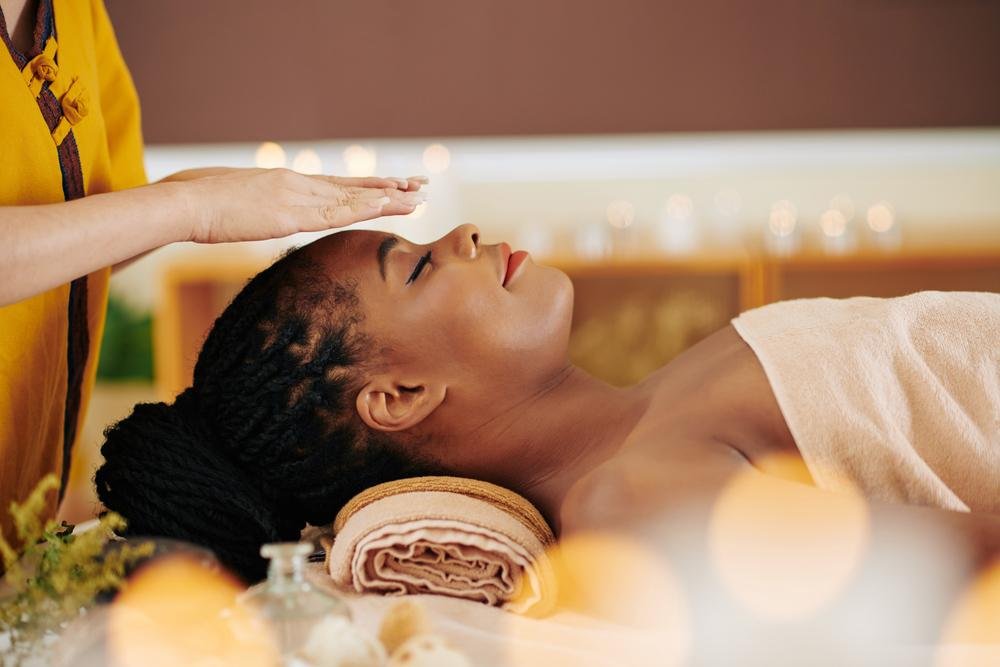During the Covid-19 pandemic, many applications without scientific evidence have been used to combat the disease. The use of ivermectin and chloroquine has even been recommended by healthcare professionals based on a mix of bad science, scientific fraud, and pseudoscience.
However, these practices have existed in public health since before the pandemic. Integration of pseudosciences homeopathy and family constellation In SUS (Sistema Único de Saúde), it was approved by the Ministry of Health in 2006, despite the lack of support from the scientific community.
This is because such practices are not effectively based on science. try to emulate him. “These are initiatives that use the language of science, they want to show scientific publications, scientific jargon, experts… By disguising as science, they want to use the credibility of science as an institution to sell a product, service or ideology”, Natalia, doctor of microbiology and president of the Instituto Questão de Ciência (IQC) Defines Pasternak.
IQC is the first Brazilian institute dedicated to the advocacy of scientific evidence-based public policy. For one of their fights calls Complementary Integrative Practices (PICs) in Healthcare Practices such as homeopathy, ozone therapy, reiki and aromatherapy, which were covered by SUS in 2006, are no longer financed with public money.
But if there is no scientific proof, what makes the PICs offered by SUS? According to Pasternak, there is no doubt that lobbyThe pressure of groups organized with financial motives on the public power was decisive in this process.
“They take advantage of this permeability of the Brazilian legislative and legal system and, with a stroke of the pen, succeed in legitimizing these pseudosciences in a way they could never have accomplished, academically or scientifically, from the Executive or the Legislature.”
The expert explains that the inclusion of such applications in SUS directly affects applications without scientific evidence. publicly fundeddividing the budget into primary health care areas such as vaccination or distribution of birth control pills.
On the other hand, its inclusion in SUS offers reliability “The ordinary citizen will look at all this and think that if he’s in SUS, I’ll use it because it works.” Therefore, the search for such applications is also motivated outside of public health.

In addition, Pasternak states that the use of such applications delay or prevent the diagnosis of serious diseasesIt can be solved if a clear and timely diagnosis is made.
“You are treating a person with different types of complaints with treatments that have not been proven to work but are effective. placebo or instant comfortbut it is not permanent and much less curative, it can delay the diagnosis of a cancer that can be surgically removed, or the diabetes treatment that should be started as soon as possible,” exemplifies the researcher.
How to combat pseudoscience?
According to physicist and scientific communicator Gabriela Bailas, the challenge must begin with basic education in schools, encouraging critical thinking and a better understanding of the role of science in everyday life.
But it is not easy to recognize what pseudoscience is on a daily basis. “It’s a very complex exercise, because we’re talking about people who cheat on others through vulnerability. critical thinking And in moments of vulnerability and helplessness, we believe anything, no matter how skeptical we may be.”
In this sense, Bailas advises you not to believe in easy or miraculous cures and ask some basic questions while reading any information:
- Who said that?
- Why would this person want me to believe that?
- What does he gain from believing this?
- What do I know about this topic and what have other people said about it?
Also, care science journalists and communicators It makes a difference. “Many journalists help spread pseudoscience by reproducing information without verifying or speaking to scientists,” he explains.
Pasternak admits that this is a complex task and encouraging. critical thinking This is really important. “We would normally tell citizens to get information from official sources, but in Brazil, if you go to the Ministry of Health site, you read the description of PICs as if they were the greatest thing in the world,” he comments.
Therefore, it is important to recognize and reflect on the mechanisms of pseudoscience, which are similar to many of the mechanisms used during the covid-19 outbreak. “What we see today, and unfortunately this is all too common, are people who are absolutely against miracle drugs for covid-19 like chloroquine and ivermectin, but who are zealously guarding equally illogical techniques like homeopathy and failing to realize the mechanism of acceptance. These techniques are all exactly the same.”
Source: Tec Mundo
I’m Blaine Morgan, an experienced journalist and writer with over 8 years of experience in the tech industry. My expertise lies in writing about technology news and trends, covering everything from cutting-edge gadgets to emerging software developments. I’ve written for several leading publications including Gadget Onus where I am an author.













